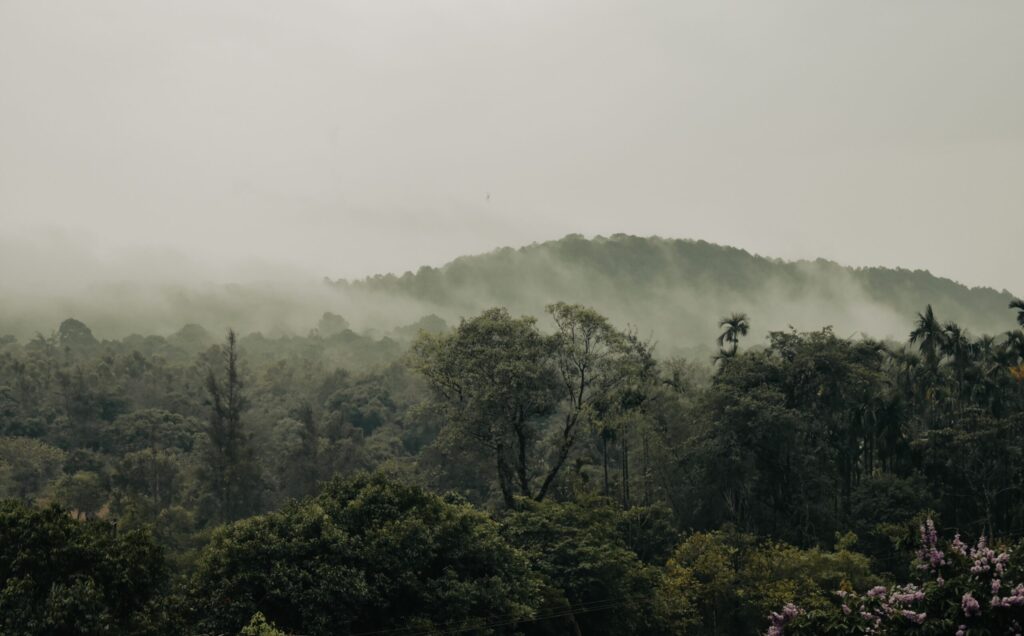The Bio Diversity Plan: A Vital Roadmap to Preserve Life on Earth

Nature stands at a crossroads, with 1 million species teetering on the edge of extinction. This reality underscores the urgent need for a collective effort to safeguard biodiversity. Today, we celebrate the first anniversary of the Kunming-Montreal Global Biodiversity Framework—a beacon of hope and a vital roadmap for preserving life on Earth.
A Precarious Balancing Act
In the intricate web of our planet’s ecosystems, biodiversity is under threat from human activities, climate change, and habitat destruction. This loss not only endangers numerous species but also disrupts the delicate balance sustaining life on Earth.
Uniting for a Common Cause
The Kunming-Montreal Framework is a visionary initiative designed to comprehensively address the biodiversity crisis. This global effort recognizes the interconnectedness of all life forms, aiming to protect and restore biodiversity on an unprecedented scale.
Real-World Success Stories: Progress in Action
Reflecting on the framework’s first year, we find inspiring stories of progress from around the world:
- Agumbe Rainforest Research Station, Karnataka: Conserving the Western Ghats
- Background: The Western Ghats, a biodiversity hotspot in India, faced threats from deforestation and habitat degradation. The Agumbe Rainforest Research Station (ARRS) emerged as a stronghold for conservation.
- Success Story: ARRS’s scientific research, community outreach, and rescue efforts, including the rehabilitation of the King Cobra, have contributed to global biodiversity databases.
- Results: Conservation efforts protected critical habitats, aiding the recovery of endangered species, while local communities became active partners in preserving their natural heritage.
- Sikkim: India’s First Organic State
- Background: Sikkim faced challenges from conventional agriculture, prompting a shift towards sustainable and organic farming practices.
- Success Story: Sikkim’s organic farming policy and biodiversity-friendly practices resulted in enhanced soil fertility, reduced water pollution, and ecosystem health.
- Results: Recognized as India’s first fully organic state, Sikkim stands as an inspiration for sustainable agriculture and biodiversity-friendly farming.



Individuals and Communities: Nurturing Biodiversity Close to Home
While global frameworks provide crucial guidance, real-world adoption of sustainable practices amplifies their impact. It’s a call to action for each person, community, and organization—a call to embrace sustainable living, promote conservation efforts, and advocate for biodiversity.
Crafting Your Bio Diversity Plan: A Practical Approach
Consider a practical example of a Bio Diversity Plan for daily life:
- Sustainable Gardening: Transform a small space into a green haven with native plants supporting local biodiversity.
- Reduced Meat Consumption: Make mindful food choices by adopting a plant-based diet to contribute to biodiversity conservation.
- Waste Reduction: Implement a waste reduction plan at home—reduce, reuse, and recycle to minimize environmental impact.
- Community Engagement: Join or initiate local conservation projects, participating in tree-planting events or community gardens.
- Education and Advocacy: Stay informed about biodiversity issues and advocate for policies supporting conservation efforts.
Let’s actively participate in the Bio Diversity Plan. By weaving sustainability into our daily lives, we collectively work towards a future where the rich tapestry of life on Earth thrives and endures.
Join the movement. Embrace sustainability. Preserve biodiversity.